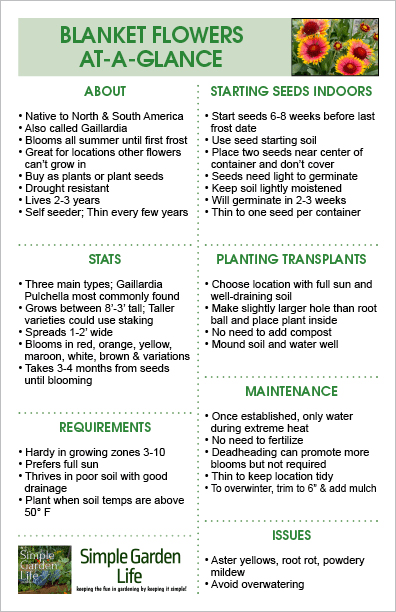Blanket Flower is an incredibly easy to grow perennial that can fill your flowerbeds will stunning blooms and color. Even better, unlike most flowering perennials, it can keep on blooming all summer long!
Blanket Flower, or Gaillardia as it is officially known, is native to both North and South America. Its compact, bouquet-like foliage and flowers can thrive in all types of soil. Even those that are nutrient poor, rocky, or clayish and heavy.
Not only are they perfect for harsh growing locations, they also happen to be great at attracting pollinators as well. Best of all, in addition to working well in traditional flowerbeds, Blanket Flower also looks great along garden paths, property borders, as or even when growing in containers and pots.

While the individual plants only live about two to three years, their repeated blooming more than makes up for their short lifespan. And, since these gorgeous flowers are self seeders, they can continue to produce new plants to keep blooms coming on year after year.
Blanket Flowers As A Companion Plant
With its constant blooming cycles, Blanket Flower is one of the best companion perennials around. It pairs wonderfully with American native favorites such as Echinacea. It also matches up well with shorter ground cover varieties like Creeping Phlox.
And if you are looking for a drought resistant landscape, Blanket flower goes incredibly well with Lantana, Black Eyed Susan, and Calendula. In addition to holding up well in the hot and dry conditions – deer, rabbits, and other wildlife tend to ignore all of these plants. Talk about a great deterrent planting!
Varieties – How To Grow Blanket Flowers
There are long list of varieties when it comes to growing blanket flowers. But as a general rule of thumb, they all fall between three major types:
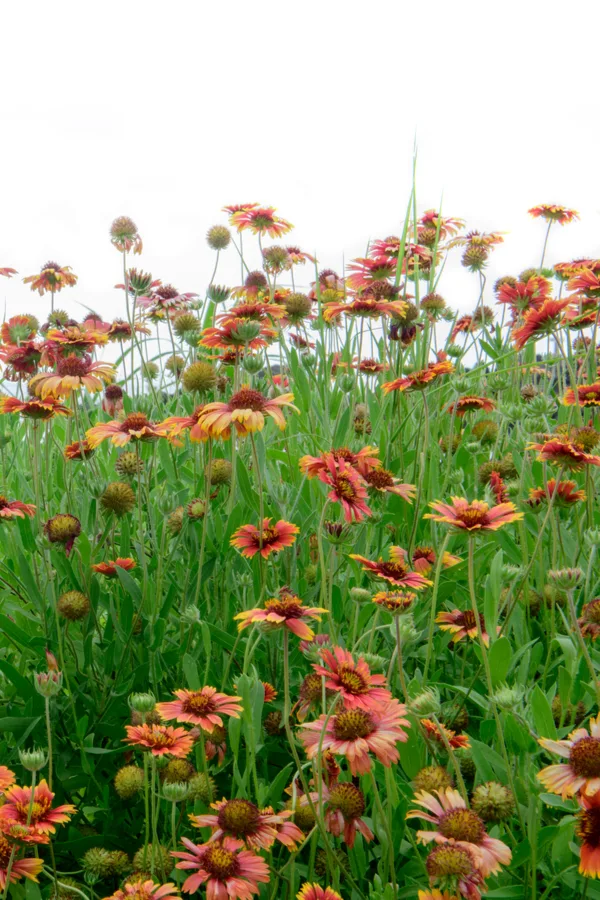
- Gaillardia Aristata is a perennial version that grows as a wildflower. You will typically see this type of blanket flower on roadsides.
- Gaillardia Pulchella is an annual version that grows up to 3 feet tall. Because of their tall height, they typically need staking but will produce blooms around 3 months after planting.
- Gaillardia Grandiflora is a perennial hybrid cross between the other two types. These are the blanket flowers you will normally find in garden centers. Because of this, they will be the main focus of this article.
How To Plant, Grow, And Maintain Blanket Flowers
Blanket Flowers feature 2 to 4-inch blooms in bright, vibrant colors. Their name actually came about because of their resemblance to traditional Native American cloth and textile patterns.
Plants can range in size between 8 inches up to 3 feet tall. They can spread between one to two feet wide. Their blooms have a daisy-like appearance, with colors ranging in shades and combinations of red, orange, yellow, maroon, white and brown
Soil Requirements for Gaillardia Grandiflora
Believe it or not, Blanket Flowers actually thrive in poor soil conditions. Rocky embankments, infertile soil, and even soil with poor nutrient values can all support their growing habits quite well.
In fact, as long as they are planted in full sun and well draining soil, they will take root and send up their near endless supply of flowers!
Planting Blanket Flowers
Gaillardia will grow great from transplants or seed. The perennial is hardy in USDA growing zones 3 through 10. They are actually becoming more popular than ever. If you are not fond of starting plants from seed, you can now often find them in most local greenhouses and nurseries for purchase starting in late spring.
Starting Seeds Indoors
It is best to start Blanket Flower seeds indoors as opposed to direct sowing. It will take the seeds about 4 to 5 months from planting in the containers until they grow large enough for flowering. By their second year, flowering will start in late spring and continue through fall.
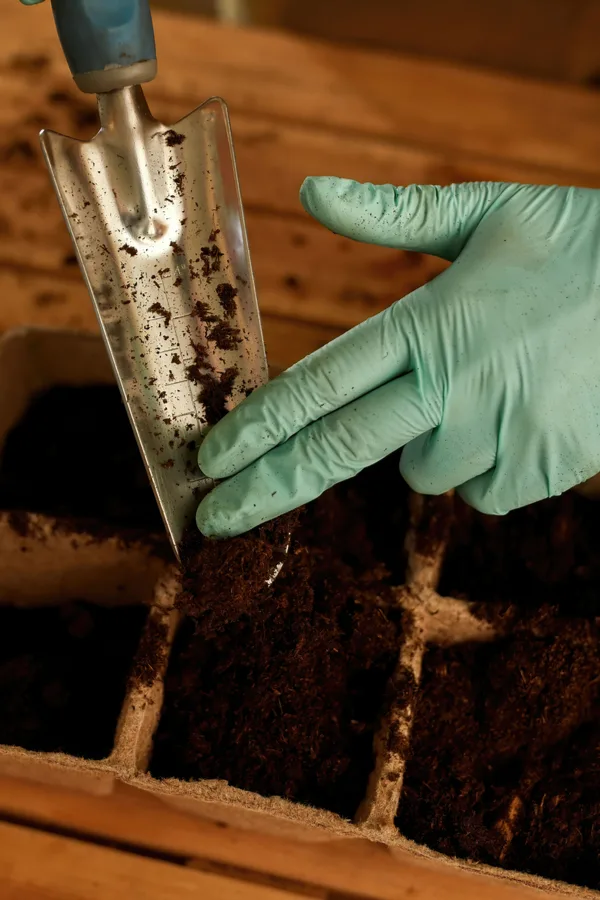
Start blanket flower seeds indoors about 6 to 8 weeks before your Last Spring Frost Date. Fill your containers with seed starting soil and lightly moisten. Place two seeds close to the center of your containers, but do not cover with soil.
Blanket flower seeds need light in order to germinate, so be sure to turn on your LED shop lights after planting. In normal growing conditions, the seedlings will germinate in about 2 to 3 weeks.
Keep the soil moist but not saturated during this time and after sprouting. Thin seedlings to one plant per container after they are a few inches tall. For more information on starting seeds indoors, be sure to check out our podcast and article: “How To Start Seeds Indoors With Big Success”
Planting Transplants
Whether you are planting newly purchased nursery plants or seedlings you grew from seed, your soil needs to be at the right temperature prior to planting. Cold soil can spell big trouble for Blanket Flowers. For best results, wait until the soil temperature is at least 50º Fahrenheit (10º Celsius).
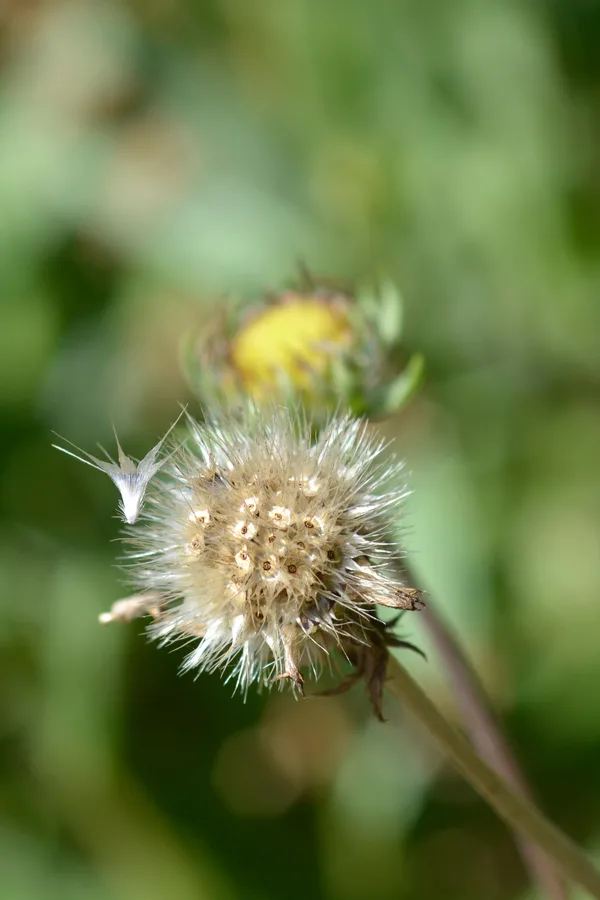
Choose a location to grow your blanket flowers that receives at least 6 to 8 hours of full sun. While blanket flowers can survive in partial shade, you will get better flowering intensity when plants are exposed to full sun.
Since Blanket Flower prefers poor soil conditions, adding compost prior to planting is not a must. With that said, it can help with drainage and trace nutrients for the plant. If your soil happens to suffer from serious drainage issues (like heavy clay soil), adding both compost and sand can help Blanket Flower perform better.
To plant, loosen the soil around the planting site. Use a post hole digger or shovel to create a hole slightly larger than the plant’s root ball. Add your plant and mound up soil around the stem of the plant. Finish by watering well to help the roots establish in the soil.
Long-Term Care – How To Grow and Maintain Blanket Flowers
The best part of growing Blanket Flowers is that they are one of the most low maintenance perennials around. Because they can survive in the poorest of soils and handle drought, they do not need or require supplemental fertilizing, or additional watering once they are established.
Watering
As mentioned above, Blanket Flowers are extremely drought tolerant. Once plants are established in the soil, natural rainfall is almost always enough to keep them hydrated.
Only add additional water during extremely hot or dry spells. Unlike many flowering perennials and annuals, blanket flowers perform better in warmer and dry climates.
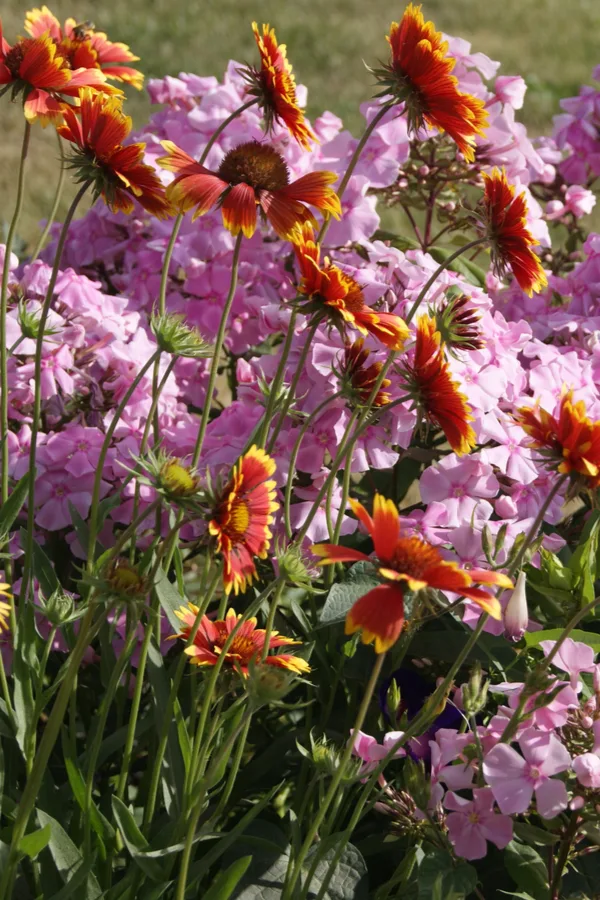
Pruning & Thinning
Gaillardia flowers do not need to be deadheaded to continue blooming. Doing so, however, can help encourage additional blooms to form as the season progresses. Deadheading also helps to keep your Blanket Flowers in tip-top shape.
To deadhead, use a pair of sharp gardening shears and snip off the stem right before the fading bloom. Again, this is not required of blanket flowers, but will help keep them healthier and more full.
The blooms of Blanket Flowers are loaded with seeds. Because the plants are incredibly prolific self seeders, it is usually beneficial to thin out your growing area very few years. Volunteers can easily sprout up in unwanted locations and take over against smaller, more tender perennials.
During the spring, simply pull the unwanted seedlings. Make sure to remove the roots as well as the stem. This will help to keep your growing location tidy, beautiful, and out of harms way of being taken over!
Overwintering
While blanket flowers are grown as perennials, they only live for a few years. If you wish to overwinter them, cut them back to about 6 inches during late fall before the first frost appears.
In colder climates, consider adding a few inches of natural mulch around the flowers. This will help to protect their roots from the harsh winter weather. Remove the mulch in spring after the danger of frost has passed.
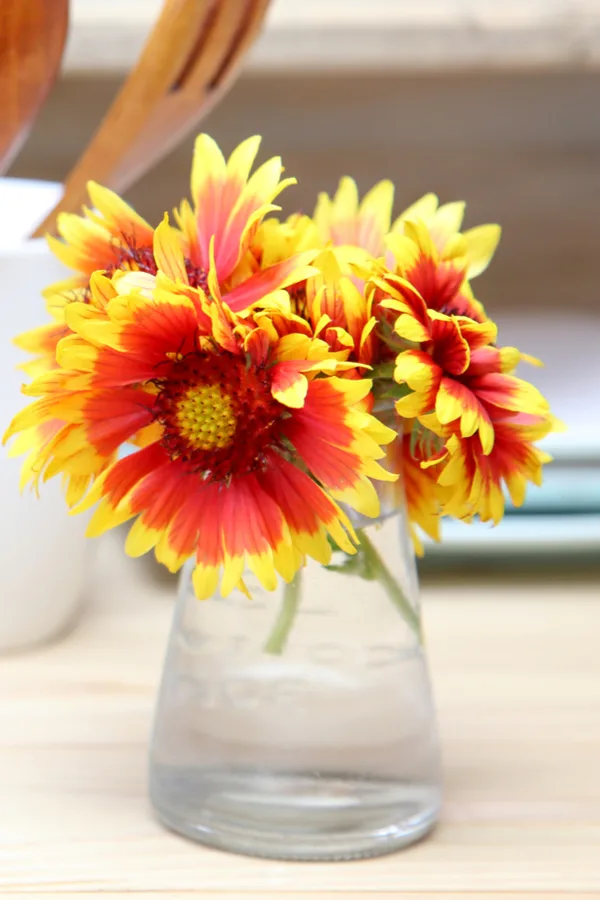
The Pests & Issues
When it comes to diseases, Blanket Flowers have good resistance to all. In fact, the only real issue with the plants is aster yellow.
Aster yellow is a viral-like disease that aphids and leafhoppers can transmit to the plant. It can cause a whole slew of issues – from plant deformation and stunted growth, to discoloring of the blooms as well.
If this does occur, remove the foliage quickly. Do not add the foliage, stems or flowers of infected plants to your compost pile either. It is best to wrap them up and discard into the trash.
In addition to aster yellows, blanket flowers are susceptible to root rot, powdery mildew, and fungal leaf spot. All of these issues are usually a result of excessive moisture and/ or poor drainage.
To Conclude…
If you want to grow a beautiful perennial that can withstand the heat as well as poor soil locations, then Blanket Flowers are the plant for you! With just a little work, you can enjoy their numerous, colorful blooms all summer long
Feel free to download, print out, or save our Blanket Flower At-A-Glance sheet. Sizing is for half letter printing but you can scale as well.
Follow Our Facebook Page For Even More Great Tips! Simple Garden Life Facebook Page
Simple Garden Life is a website dedicated to keeping gardening fun, simple and enjoyable! We publish two new articles each week along with a new garden podcast episode every two weeks. This article may contain affiliate links.
